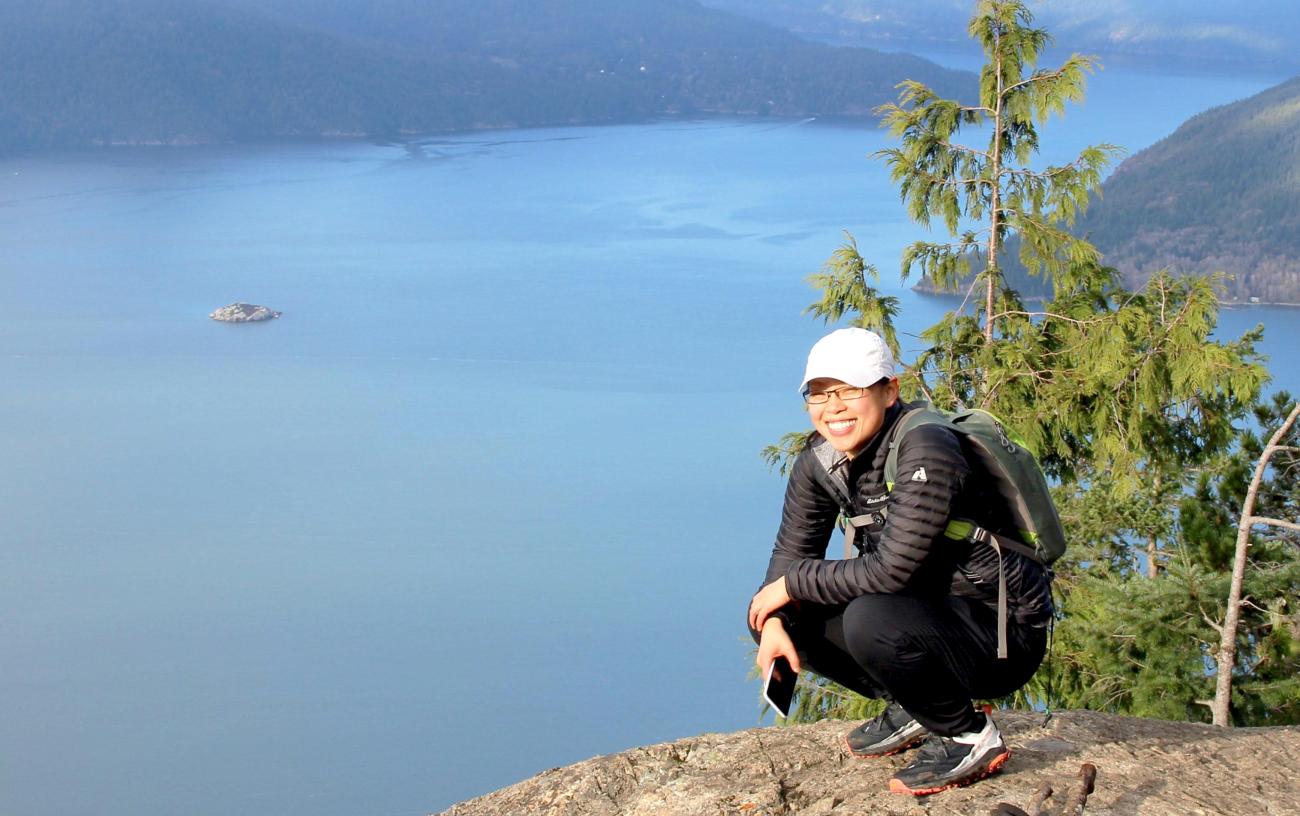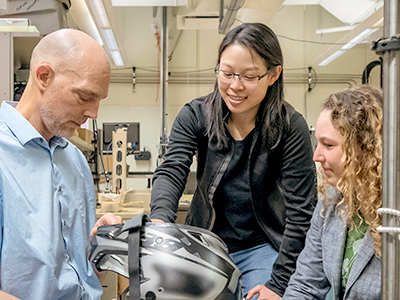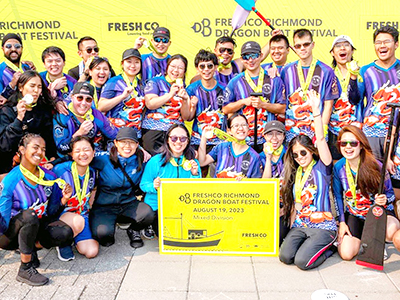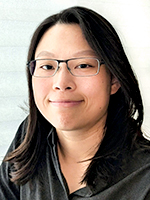
Meet Vivian — A research engineer who turned a personal injury into a passion for advancing biomechanics and improving safety.
Q: What is your role in health research?
A: I am a research engineer, and one of my main responsibilities is overseeing the bioengineering lab at the Centre for Aging SMART at Vancouver Coastal Health (VCH). I train and mentor trainees and welcome academic and industry inquiries for potential research collaborations — whether it is a research project in the ideation stage or a company seeking to test a product.
Q: What is your research area of interest, and what led you to that interest?
A: While working as an engineer for a military defense and communications company in Toronto, a 30-pound oscilloscope accidentally crushed my big toe, landing me in the emergency room. That painful experience was my introduction to injury biomechanics, and it sparked my interest in the field. I went on to complete a master’s degree in biomedical engineering at UBC and have focused on this area of research ever since.

Q: What is the best part about your research job?
A: Being involved in multiple research centers and labs means I am constantly learning and trying new things. I also get to facilitate exciting collaborations and optimize resource-sharing across different groups.
One project I am particularly excited about is assessing how well seatbelts accommodate pregnant individuals. We are using an Open MRI to study how the baby and mother’s anatomy interact with seatbelts and car seats. It is a groundbreaking first step in understanding the injury mechanisms that lead to fetal injury or deaths in automotive collisions.
Q: What would you do if you were not in health research?
A: I probably would have continued my career as a manufacturing engineer. I enjoyed visiting factories, studying processes and running experiments to see how we could improve costs, quality and throughput.
Q: Who inspires you?
A: I have had the privilege of working with many amazing trainees in my current role. Watching them set ambitious goals and achieve incredible things after their degrees makes me so proud and inspires me to keep learning and evolving in my own life.

Q: What is your healthiest habit?
A: I lift weights at least once a week. I think weightlifting is a great way to maintain good musculoskeletal health while venting some steam.
Q: What might people be surprised to learn about you?
A: In high school, I briefly considered becoming a graphic designer. I still do some design work on the side, creating competition jerseys for sports teams a few times a year.
Q: What advice would you give your younger self?
A: It is okay to struggle. We are often taught to think that struggling means failure, but it actually is a sign of growth. Allowing yourself to struggle and be curious about new experiences is key to finding your passions in life.



